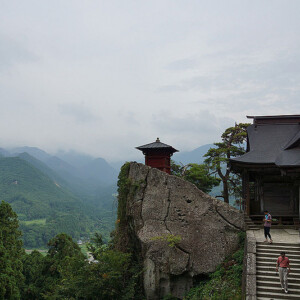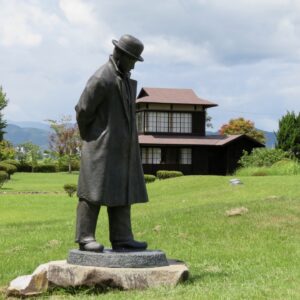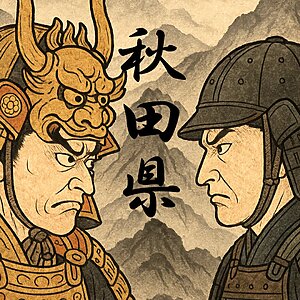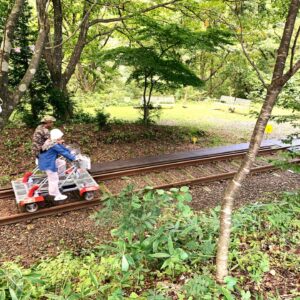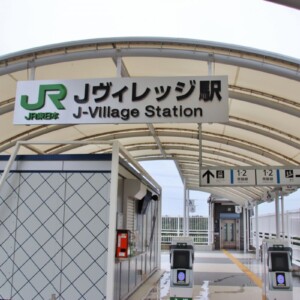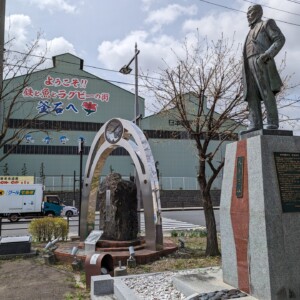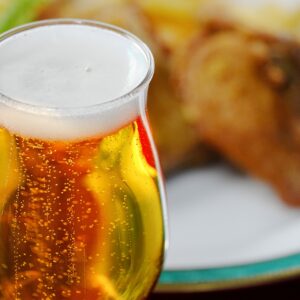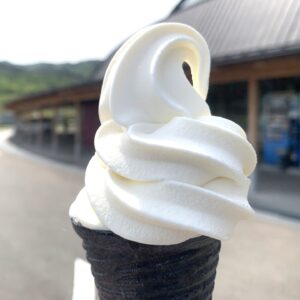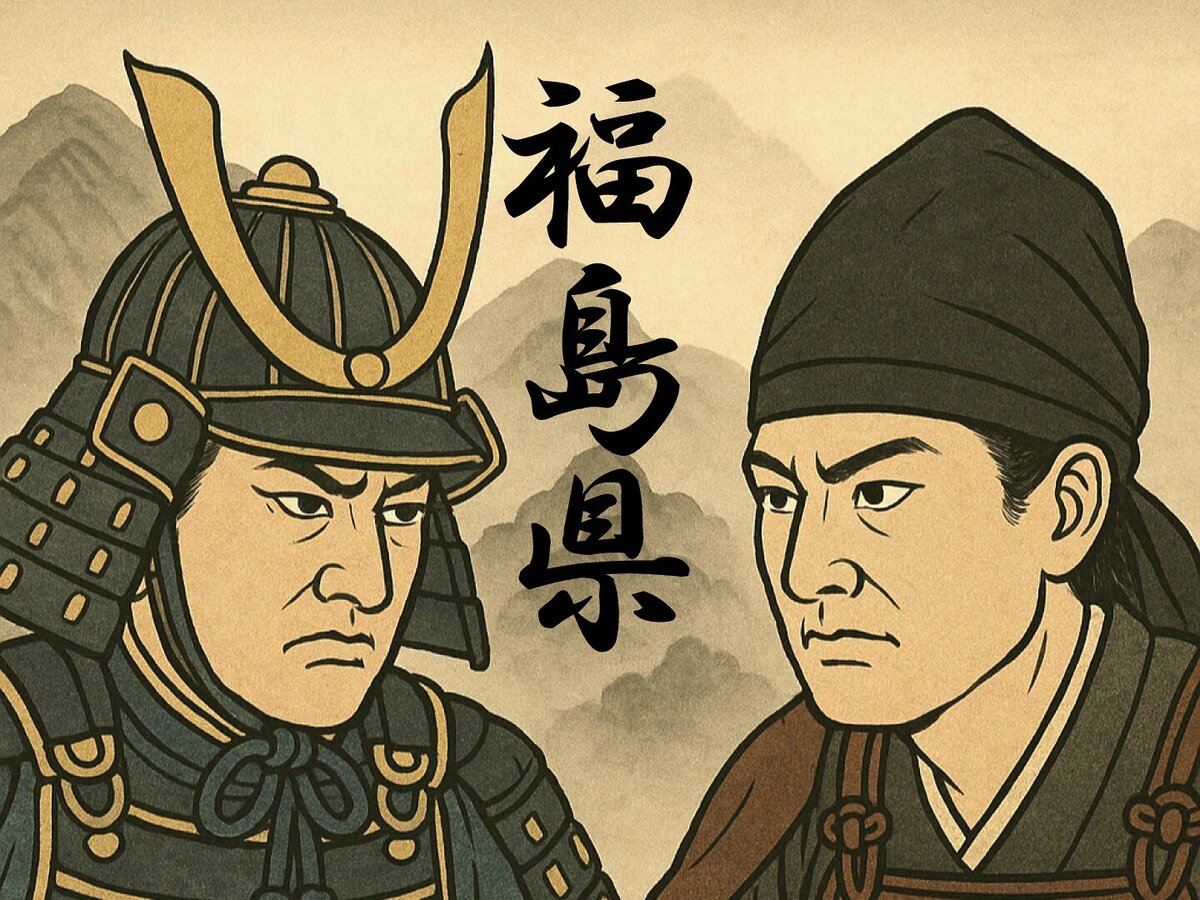
Three of the most powerful warlords of the Sengoku period in Fukushima Prefecture! Ashinamori, Soma Yoshitane, Tamura Kiyotaka
table of contents
- 1 Mr. Ashina Moriuji (1521-1580) who was “highly praised by Takeda Shingen”
- 2 Yoshitane Soma (1548-1635) "repeatedly fought deadly battles with Date Masamune"
- 3 "Date Masamune's father-in-law" Kiyoaki Tamura (year of birth unknown - 1586)
- 4 summary
- 5 Famous military commanders from Tohoku and other prefectures
During the Sengoku period, Fukushima Prefecture was divided into three regions, Kaido (Hamadori), Sendo (Nakadori), and Aizu, where feudal lords and feudal lords were competing to expand their influence, just as they are today.
Most of these local feudal lords were descendants of gokenin who were given territory after the subjugation of the Oshu Fujiwara clan (the Battle of Oshu) by the Kamakura shogunate.
In the latter half of the 16th century, the Ashina clan in Aizu and the Date clan in the north fought mainly in Sendo, and the local feudal lords repeatedly gathered and dispersed.
Mr. Ashina Moriuji (1521-1580) who was “highly praised by Takeda Shingen”
The Ashina clan is a member of the Miura clan of the Kanmu Taira clan, and was given Aizu by the Kamakura shogunate, moved from Ashina in Sagami, and established the Ashina clan.
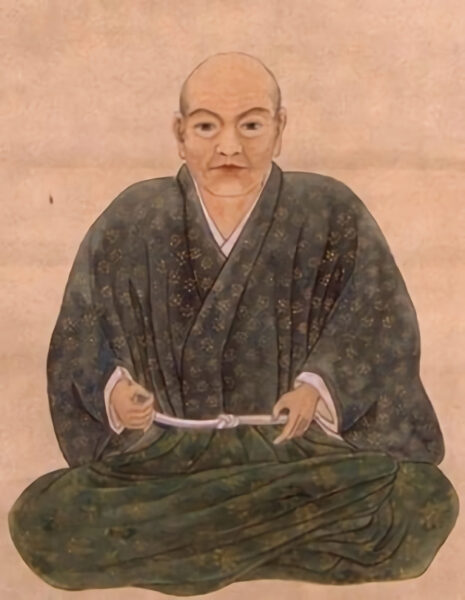
Moriuji, the 16th head of the family, was influenced by the powerful Date Tanemune, although he called himself the shugo of Aizu, but he became a daimyo after siding with his son Harumune and winning the Tenbun War, a father-son dispute in the Date family. solidify its position as
Actually, Mr. Mori had intended to side with his father, the Tanemune side, but due to a conflict with the Tamura clan of the Tanemune side, he ended up siding with the Harumune side, and this led Harumune to victory.
Advancement from Aizu to Sendo
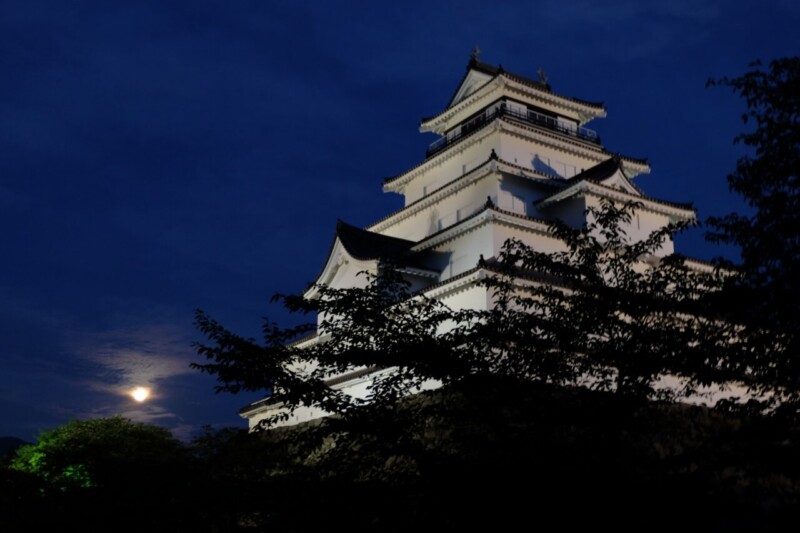
The Mori clan, whose residence was Kurokawa Castle (Aizuwakamatsu Castle), planned to advance into Sendo, and formed an alliance with distant daimyos, Hojo Ujiyasu of Sagami and Takeda Shingen of Kai, to defeat the Satake clan of Hitachi, who were blocking Ashina's advance into Sendo. I will keep it in check. It is said that Takeda Shingen mentioned Mr. Mori's name along with ``Akai Naomasa of Tanba, Azai Nagamasa of Omi, and Tokugawa Ieyasu of Mikawa'' as outstanding military commanders.
The Mori clan was also exceptional at domestic politics, and in addition to securing income by developing gold mines and establishing a logistics system, he gathered together the children of the family, called them ``Fudanshu,'' listened to their stories, and recruited promising ones to become military commanders to recruit human resources. I also worked hard to cultivate them.
Mr. Mori's retirement and successor issues
The Mori clan, who had consolidated his control over Aizu, handed over the headship of the family to his eldest son, Morioki, in 1561 and retired, but he still held real power as head of the family.
However, Morioki suddenly died in the year he lost the Nikaido and Tamura clans of Sendo. The Mori family had no other sons, so Moritaka Nikaido, a hostage, was chosen as his successor, but this caused resentment throughout the family.
The Mori clan passed away at the age of 60 in 1580, and the Ashina clan weakened due to a dispute over its successor, leading to its downfall after a crushing defeat in the ``Battle of Suriuehara'' with Date.
Aizuwakamatsu Castle<Information>
- Name: Aizuwakamatsu Castle (Tsuruga Castle)
- Address: 1-1 Otemachi, Aizuwakamatsu City, Fukushima Prefecture 965-0873
- Year of construction: 1384
- Official URL: https://www.tsurugajo.com/tsurugajo/
Google Map
Yoshitane Soma (1548-1635) "repeatedly fought deadly battles with Date Masamune"
During the Sengoku period, the Kaido was divided into two by the Iwaki clan in the south and the Soma clan in Mutsu Nakamura in the north.
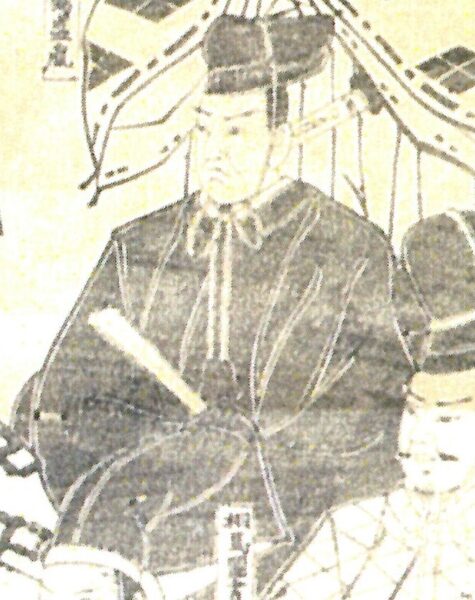
The Soma clan is said to be a descendant of Taira Masakado of the Kanmu Taira clan, and the Shinto ritual ``Soma Nomaoi'', which has continued since before the Kamakura period, originates from Masakado releasing wild horses into his territory for military training. Warriors on horseback with flags waving bravely compete for the divine flag.

The 16th head of the family, Yoshitane, followed his father, Moritane, from an early age and traveled from place to place, constantly engaging in battles, crossing swords with Date Masamune many times, and even sometimes facing the threat of extinction. He fought through the Sengoku period and built the foundation of the Soma Nakamura domain.
An episode from the Keicho Dewa Battle over Date Masamune, a friend of dogs and monkeys.
Before the Battle of Sekigahara, Date Masamune brought a small entourage to pass through Soma territory and request lodging. Masamune was ordered by Ieyasu to invade Uesugi territory from Kunimoto, but since Sendo was Uesugi territory, he had to pass through Soma territory on Kaido.
Voices were raised within the Soma family, saying, ``We should defeat Masamune and settle our long-standing grudge,'' but Yoshitane, in response to his old vassal, Mizutani Taneshige, admonishing Masamune for attacking his enemy by tricking him. Allow passage and accommodation.
A crisis after Sekigahara!
Yoshitane had indicated that he would join the Eastern Army in the war, but he did not make any noticeable contribution, and as the Soma clan at the time was the ruling power of the Satake clan in the Western Army, he was about to be reneged on, but he appealed for its withdrawal. Through the intercession of Masanobu Honda, a senior vassal of the Tokugawa family, the order was somehow withdrawn and the 60,000 koku estate was relieved. Yoshitane died at the age of 88, and according to his will, it is said that he had him buried facing north, where the Date family home was, wearing his armor and weapons.
Soma Nakamura Castle Ruins<Information>
- Name: Soma Nakamura Castle Ruins
- Address: Nakamurakitamachi, Soma City, Fukushima Prefecture 976-0042
- Official URL: Soma City HP – Nakamura Castle Ruins
Google Map
"Date Masamune's father-in-law" Kiyoaki Tamura (year of birth unknown - 1586)
The Tamura clan is said to be a descendant of Sakanoue Tamuramaro, Japan's first great shogun, and among the ``Kaido Seven Houses'', many of whom were feudal lords from the Kamakura Shogunate, the Tamura clan was unique.
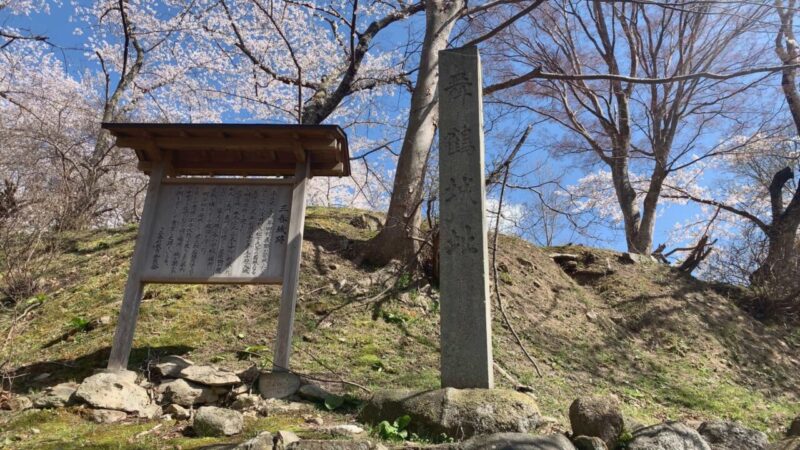
Kiyoaki was the 25th head of the family, and his residence was Miharu Castle. He was highly regarded as a wise and skilled military commander, and fought for the continued existence of the Tamura clan in Sendo, a region ruled by many strong men, and his only daughter, Megohime. It is said that she had a great eye for marrying Masamune.
Tamura family after Kiyoaki's death
There were no other children besides Aihime, and when Kiyoaki suddenly died in 1586, the Tamura family was divided over the inheritance of the family head. From here, the Battle of Koriyama occurred between the combined forces of Soma, Satake, Ashina, and Nikaido and the combined forces of Date and Tamura, and the combined forces of Date and Tamura won, further uniting the Tamura and Date families.
Miharu Castle<Information>
- Name: Miharu Castle main enclosure ruins
- Address: Omachi, Miharu-cho, Tamura-gun, Fukushima 963-7759
Google Map
summary
There are other Sengoku warlords who left their names in Fukushima Prefecture, which was home to many small forces. In particular, Nakadori, which was called Sendo, was in a situation where small factions fought under the influence of surrounding daimyo such as Date, Ashina, and Satake, but it was the Soma clan of the Hamadori Nakamura domain that continued until the end of the Edo period. It was just that.



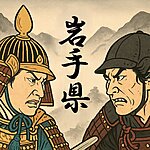
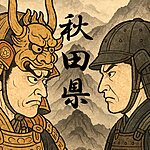


![[Fukushima Prefecture] 5 Famous Waters in Fukushima Prefecture! Delicious water that supports the recovery of “Utsukushima Fukushima”! Ukon Seisui](https://jp.neft.asia/wp-content/uploads/2023/02/8606bd2d94c5420d999758fe4de7a638-150x150.jpg)
![Three historical sites that surround the connection between Katakura Shigenaga and Sanada Yukimura, the vanguard of the Date family, "Oni Kojuro" [Miyagi Prefecture] Statue of Kimiyuki Sanada Yukimura](https://jp.neft.asia/wp-content/uploads/2024/06/25636437_m-EDIT-150x150.jpg)
![What kind of person is Aihime? Tracing the path of Date Masamune's wise wife [Fukushima Prefecture] Yotokuin (Aihime)](https://jp.neft.asia/wp-content/uploads/2024/12/cb5454e5982a850c9ea49779e99365fb-150x150.jpg)
![The delicacy "Anko" is a delicious winter taste on the beach! [Fukushima Prefecture] Monkfish](https://jp.neft.asia/wp-content/uploads/2022/02/2054097_m-150x150.jpg)
![[Fukushima] Let's go to Iitate Village, a beautiful village in Japan! Roadside station “Maidan” is also open! Toikan 2](https://jp.neft.asia/wp-content/uploads/2017/11/02b1cd3c9c14ba9cfea87ec0f92acdcb-150x150.jpg)
![[Aizu, Fukushima Prefecture] We recommend famous sweets loved by locals as souvenirs from Aizu! IMG_1004](https://jp.neft.asia/wp-content/uploads/2018/10/IMG_1004-150x150.jpg)



